Information from Hospital 19-8 ( Ministry of Public Security ) said that they had just saved the life of a 19-year-old man in Hanoi who fainted, had a cardiac arrest, and was in a deep coma... while working out at the gym.
It is known that on the afternoon of September 18, while working out at the gym, this male student suddenly lost consciousness, fell and hit his face on a hard object, then passed out on the gym floor. He could not be woken up when he was shaken or called. The patient's medical history showed that he had fainted once 7 years ago. The gym owner and his gym mates performed CPR on the patient and called 115 for emergency help.
After 10 minutes, the 115 emergency team arrived at the gym. Medical staff determined that the patient had stopped circulating, and continued to perform CPR and oxygen mask during transport.
After 25 minutes from discovery, the patient was taken to the Emergency Department of Hospital 19-8 in a state of deep coma, cyanosis, loss of carotid and femoral pulses, and electrocardiogram monitor showing polymorphic ventricular tachycardia.
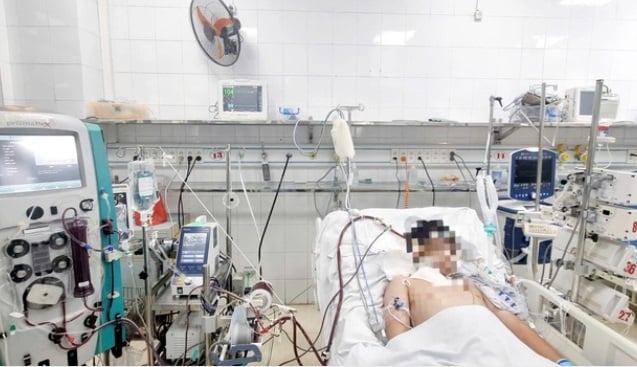
The patient had a history of fainting once 7 years ago. Photo: BVCC
Doctors continued to perform advanced cardiac arrest, cardiac compression, intubation, oxygen balloon injection, adrenaline injection and multiple defibrillation shocks. After the pulse returned, the blood pressure dropped deeply and high doses of vasopressors were required to maintain the patient and he was transferred to the Intensive Care and Anti-Poison Department for further treatment.
Here, on the continuous monitoring monitor, polymorphic ventricular tachycardia episodes appeared. Doctors performed a quick bedside echocardiogram and found no abnormalities in structural pathology, and contractility was reduced to only 25%.
Despite consulting with the cardiology department, combining multiple electric shock and defibrillation treatments and using antiarrhythmic drugs, the condition still did not respond, and the ventricular tachycardia episodes remained resistant to treatment...
MSc. Dr. Bui Nam Phong (Head of Intensive Care and Anti-Poison Department, Hospital 19-8) said: "The time to resuscitate circulatory arrest before and in the hospital is about 1 hour (very long), however, that time is continuous and the patient is still very young so there is still a chance.
In that critical situation, we decided to quickly report to the hospital director, Associate Professor, Doctor Hoang Thanh Tuyen. At the same time, he also directed the activation of the emergency ECMO support team with high determination to use all technical means to save the patient."
After being put on ECMO-VA (extracorporeal circulation to support the heart), the monitor continuously reported ventricular tachycardia for the first 3 days, then gradually converted to sinus rhythm, hemodynamics improved and vasopressors and antiarrhythmic drugs were stopped.
After 6 days of treatment with ECMO-VA, the patient was successfully weaned with restored cardiac function. However, the patient's lung damage progressed in the opposite direction, progressing to severe ARDS (acute respiratory distress syndrome) with a chest X-ray showing opacity in both lungs.
After consulting with leading professors and doctors in intensive care from Bach Mai Hospital, they agreed to prescribe ECMO-VV (extracorporeal circulation to support the lungs). The patient's heart ECMO was terminated, the artery was sutured, and lung ECMO continued. After 5 days of treatment with lung ECMO, mechanical ventilation to protect the lungs, the patient's oxygen exchange indexes and lung X-rays improved, and the doctors ended ECMO-VV.
Three days after the ECMO-VV was completed, the patient was conscious, the endotracheal tube was removed and he was given HFNC (high flow oxygen) support. Doctors said that during the treatment, in addition to artificial heart-lung support, the patient was also given a number of other high-tech resuscitation measures such as: target body temperature control; continuous blood filtration to support multiple organ failure after circulatory arrest; intermittent blood filtration to support acute kidney failure for 2 weeks.
Patients also receive intensive nursing care such as respiratory rehabilitation and neuromuscular physical therapy.
After nearly 1 month of treatment, the patient miraculously recovered, was alert, able to walk and do normal activities, his organ failure was stable, and he was discharged home surrounded by relatives and friends...
Source: https://giadinh.suckhoedoisong.vn/nam-thanh-nien-19-tuoi-o-ha-noi-ngung-tim-hon-me-sau-khi-dang-tap-gym-tung-co-dau-hieu-nay-7-nam-truoc-172241017225237429.htm




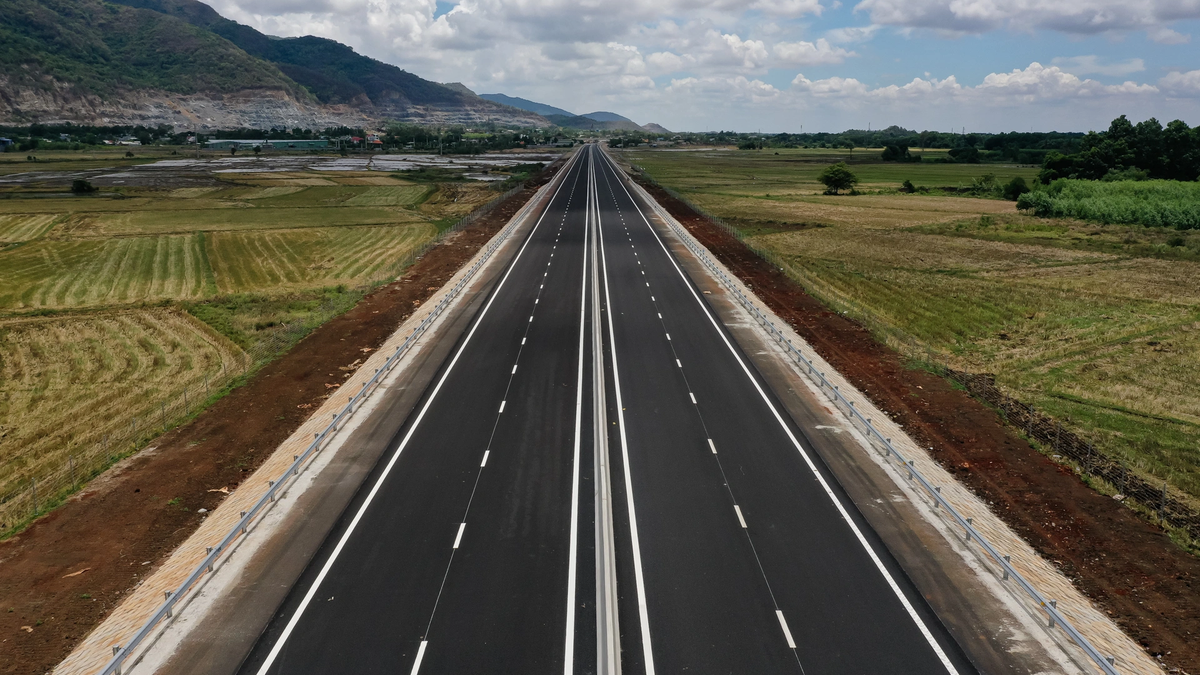
![[Photo] Party and State leaders attend the special art program "You are Ho Chi Minh"](https://vphoto.vietnam.vn/thumb/1200x675/vietnam/resource/IMAGE/2025/5/18/6895913f94fd4c51aa4564ab14c3f250)
![[Photo] Many young people patiently lined up under the hot sun to receive a special supplement from Nhan Dan Newspaper.](https://vphoto.vietnam.vn/thumb/1200x675/vietnam/resource/IMAGE/2025/5/18/6f19d322f9364f0ebb6fbfe9377842d3)
![[Photo] Ready for the top competitions of Vietnamese table tennis](https://vphoto.vietnam.vn/thumb/1200x675/vietnam/resource/IMAGE/2025/5/18/9c547c497c5a4ade8f98c8e7d44f5a41)








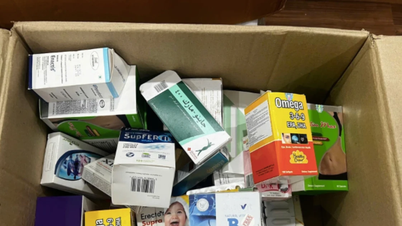



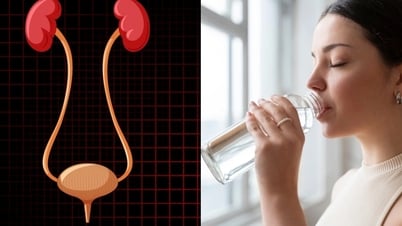

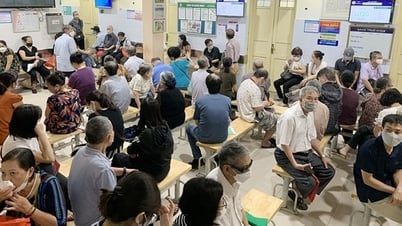
























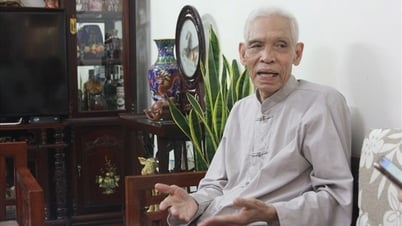






















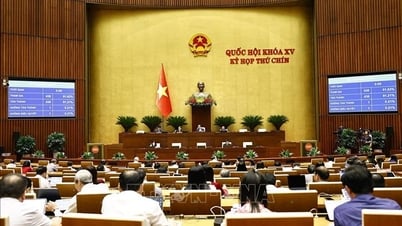









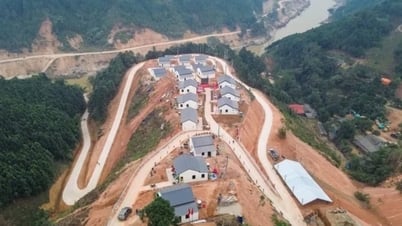





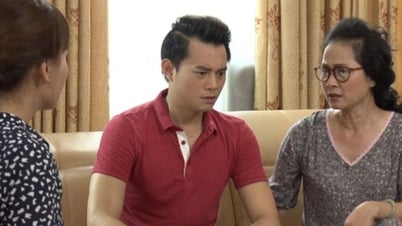













Comment (0)